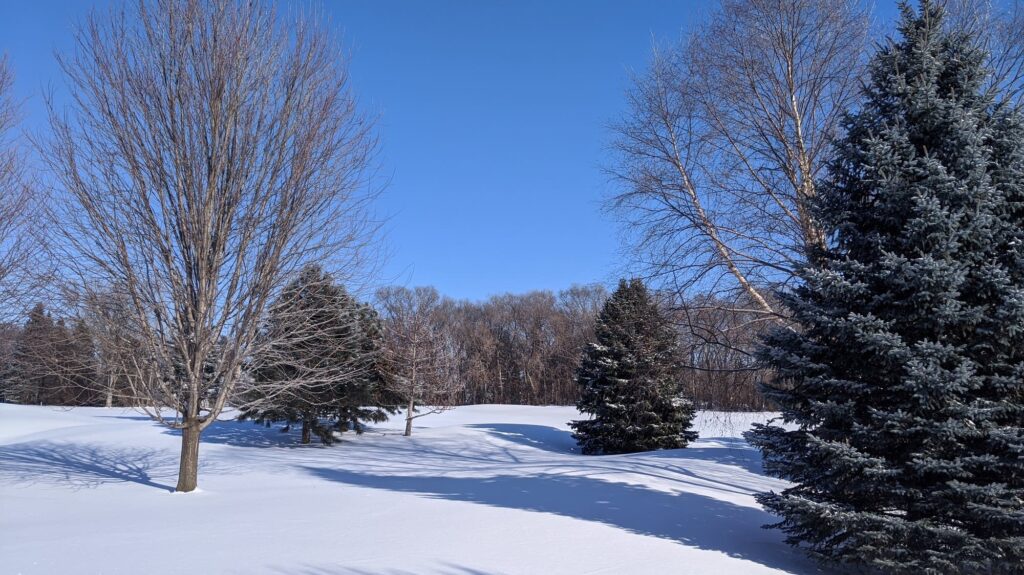As we bid farewell to the chilly months of winter, we often reflect on the season’s impact on the environment. While harsh winters can bring their own set of challenges, a mild winter can also leave a lasting imprint on nature and outdoor ecosystems. In this article, we delve into the surprising effects of a mild winter on both the outdoors and the environment, exploring its implications for various aspects of our natural world.
Flora and Fauna
- Shifts in Migration Patterns: Mild winters can disrupt the traditional migration patterns of birds and other animals. Warmer temperatures may cause some species to delay or alter their migratory routes, impacting ecosystems both locally and globally.
- Extended Growing Seasons: With milder temperatures, plants may experience longer growing seasons. This can lead to earlier blooms and foliage, potentially throwing off the delicate balance of predator-prey relationships and disrupting pollination cycles.
Ecological Balance
- Pest Population Dynamics: Insects and other pests that would normally be suppressed by cold temperatures may thrive in a mild winter. This can lead to increased pest pressure on crops and native plant species, potentially requiring more intensive management strategies.
- Altered Predator-Prey Relationships: The abundance or scarcity of food sources can influence the dynamics between predators and their prey. A mild winter may result in shifts in these relationships as certain species find themselves with an abundance or shortage of food.
Human Interaction
- Economic Implications: Mild winters can have significant economic impacts, particularly in industries reliant on seasonal weather patterns. Ski resorts, for example, may suffer from reduced snowfall and visitor numbers, while businesses that rely on winter sports and activities may face financial strain.
- Outdoor Recreation: For outdoor enthusiasts, a mild winter may provide extended opportunities for hiking, biking, and other outdoor activities typically reserved for warmer months. However, it can also disrupt traditional winter sports and activities, requiring adaptations and adjustments to recreational plans.
Environmental Concerns
- Snowpack and Water Resources: A lack of snow accumulation in mild winters can have implications for water resources in the spring and summer months. Reduced snowpack may lead to lower water levels in rivers and reservoirs, impacting agriculture, hydropower generation, and overall water availability.
- Climate Change Considerations: Mild winters are often seen as a symptom of broader climate change trends. As global temperatures continue to rise, we can expect more frequent and intense extreme weather events, including both unseasonably warm winters and severe winter storms.
Conclusion
While a mild winter may bring temporary reprieve from cold temperatures and snowfall, its impacts on the outdoors and environment are far-reaching and complex. From shifts in migration patterns to economic considerations and environmental concerns, the effects of a mild winter touch upon various aspects of our natural world. As we navigate the challenges and opportunities presented by changing weather patterns, it becomes increasingly important to understand and adapt to the ever-evolving dynamics of our environment.

